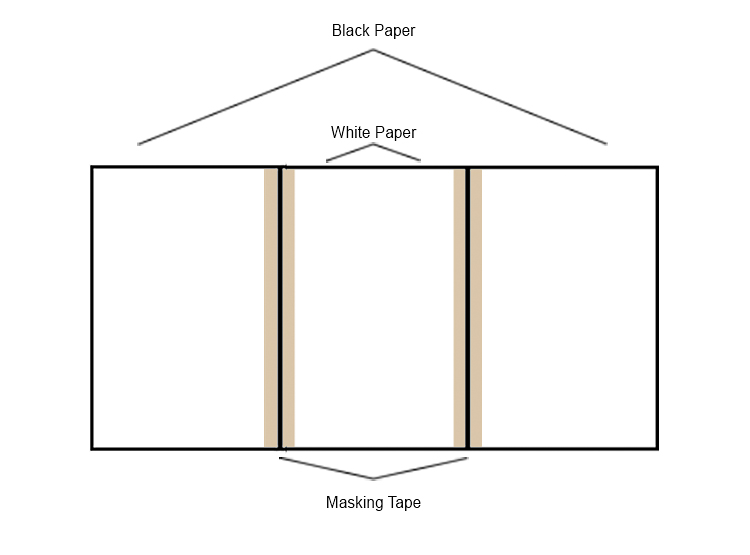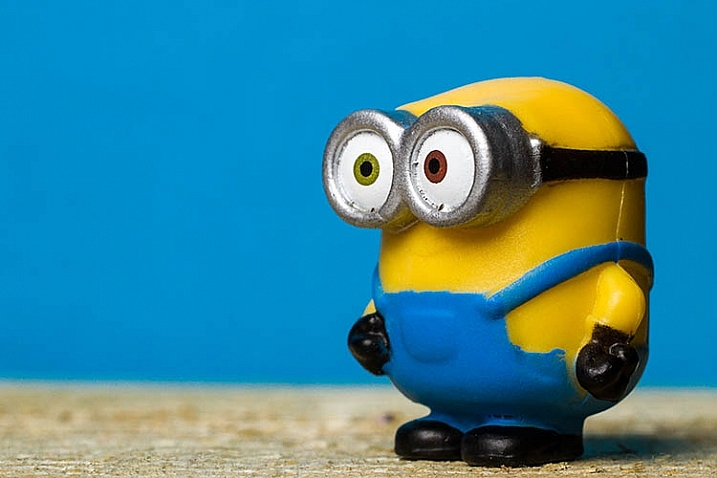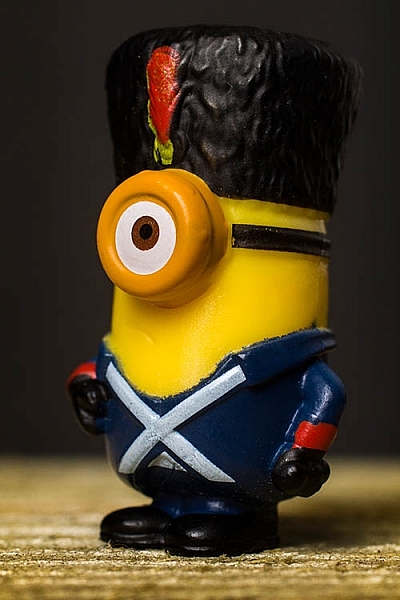The post How to Create a Budget Tabletop Photography Setup for Shooting Food and Products appeared first on Digital Photography School. It was authored by Jackie Lamas.
It can feel like photography is a money vortex and unless you have an unlimited amount, many types and styles of photography may seem out of reach. We’re here to tell you that you can create your own tabletop photography setup on a budget and still create some amazing food and product photography.

All you need is a trip to your local dollar store and craft store, and you’ll have a set up ready to go that won’t break the bank. It will also let you create the images your clients will love.
What is a tabletop photography setup?
A tabletop photography setup is generally used to photograph products and food for commercial or marketing services.

In recent years, tabletop photography setups have moved away from the Lightbox and toward more authentic setups thanks to social media.
The basic tabletop photography setup is a table, backgrounds, tabletop backgrounds, and nice light source that you can use to light your products and food.
What you need for a basic setup
A tabletop photography setup doesn’t have to be complex or involve a lot of materials. You can have a simple setup that offers you a variety of backgrounds, looks, and setups all in the same spot, at the same table.

You’ll need:
- a table or any stable surface to place items onto of
- a few backgrounds like a white paper, kraft paper, black paper, foam boards, different types of fabric and textures
- depending on your products/food you’ll need some stands, dishes, and plates, or other styling items
- tape
- a large window for window light
- clips or clamps to hold things down
- a tripod for max aperture and depth of field to avoid camera shake.

This basic setup will help you to create your tabletop photography setup without the need to be in a big space or rent a studio. It will also keep costs down.
Get creative with backgrounds
While a table, solid plain wall and a good light source are the basic set up, it can often get boring. As you get more clients, you’ll want to have different setups to help you get more interesting photos.

A quick trip to the dollar store can help keep costs down. You can get items that can give your tabletop the right look and style for the product that you’re photographing.


Choose different patterns for backgrounds, like this shower curtain I used to give the tabletop photography setup more of a marble texture and style. The watch stands out against the colors and pattern and creates a more interesting effect.

Different placemats work really well as backgrounds and tabletops for food photography as well as product photography. Letting you change the tabletop photography setup without having to directly paint or change your table.

Posterboard can be really useful in creating a faux cyclorama wall for products giving the illusion of a seamless background. Taping fabric to the wall also works to help keep the backgrounds in place and creates seamless backgrounds.
Placemats of various textures and prints can also be perfect for food photography and work in many different settings for products as well.

Kitchen towels can also serve as props for your food styling as well as backgrounds.
Find the light
The biggest concern is getting enough light and that is what a big window is for.

If you don’t get lots of light in your home, go outside! Take your tabletop setup out onto your patio or yard. Find some good indirect shaded light to work in.

The idea is to create an evenly-lit tabletop setup so that you’re able to set your camera to the correct settings and get the look you want.
Having enough light to work with, lets you take away light with flags or create shadows with different items. You’re also able to get different exposures to your products or food.

Different times of day can give different types of lighting for your tabletop photography setup too. Take advantage of the lighting changes and experiment to see what light is best for the items you’re photographing.

Using available ambient light can really help keep costs down while doing tabletop photography and can offer lots of different types of lighting.
Don’t limit yourself to a table
With a lifestyle component, you can take your tabletop photography setup on the go. Take your backgrounds, fabrics, and styling items to different locations to get different types of photographs.

You can photograph in a park, trail, cafe, or in front of an interesting wall in your neighborhood.

Using your creative eye, you can photograph food and product photography just about anywhere that will save you money, while also giving you amazing results.
In conclusion

As you can see, creating a tabletop photography setup doesn’t have to mean spending loads on lighting, space, styling equipment or backgrounds. With a trip to your local dollar store and craft store, you can create stunning product and food photography for a fraction of the price.

Your clients will love their photos and you will have a setup that you can use anywhere!
Do you have any other tips for creating a tabletop photography setup? Share with us in the comments section.
The post How to Create a Budget Tabletop Photography Setup for Shooting Food and Products appeared first on Digital Photography School. It was authored by Jackie Lamas.























You must be logged in to post a comment.